To most people, antelopes and gazelles look pretty much the same.
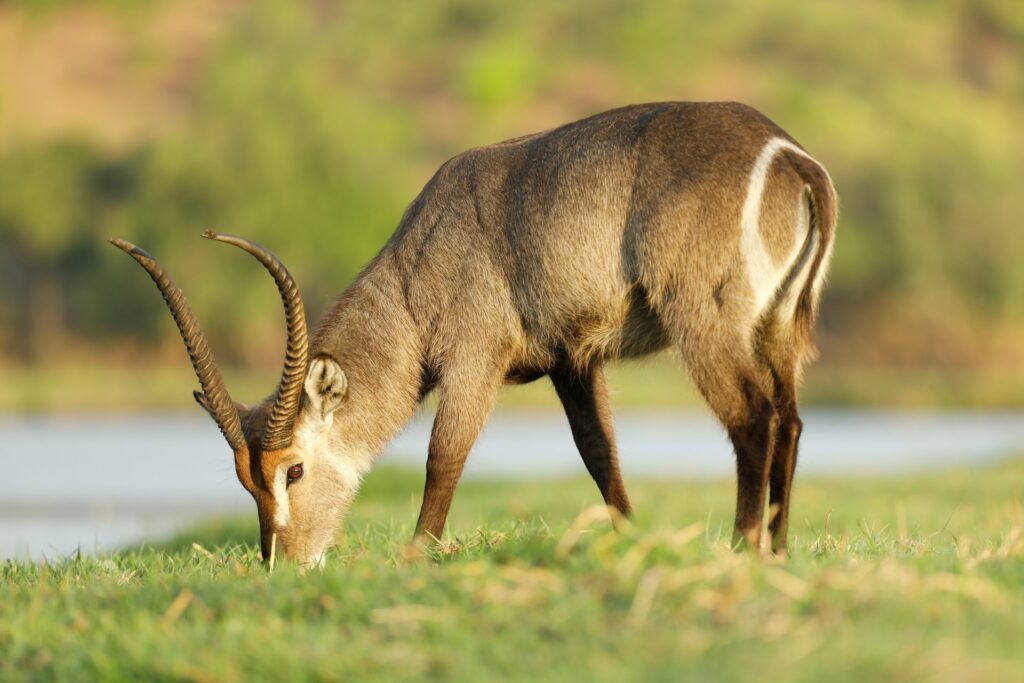
They’re both fast, elegant, and usually bouncing through the Savannah like they’re late for something. However, hile they’re part of the same family and definitely cousins in the animal world, there are plenty of subtle (and not-so-subtle) differences between them. Wildlife experts, researchers, and seasoned safari guides can often tell them apart instantly, thanks to details that the average onlooker might completely miss. If you’ve ever wondered what separates a gazelle from the rest of the antelope crew, here’s a breakdown that goes way beyond the basics.
1. Gazelles are a type of Antelope.
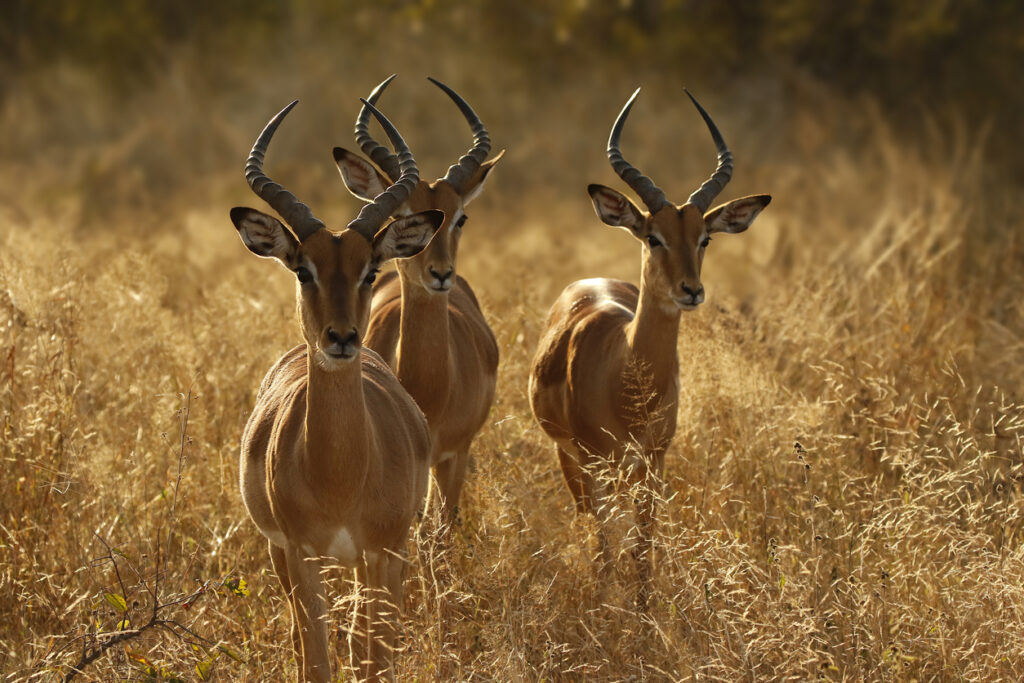
Here’s the first twist: all gazelles are antelopes, but not all antelopes are gazelles. “Antelope” is a broad term that covers over 90 species in the Bovidae family, while “gazelle” refers to just a specific subset—mainly in the genera Gazella, Eudorcas, and Nanger.
This means that gazelles are like a smaller, more distinct club within the massive antelope family. Think of antelopes as the extended family gathering, and gazelles as the branch that always shows up wearing matching outfits and sprinting through the buffet line.
2. Gazelles tend to be smaller and lighter.
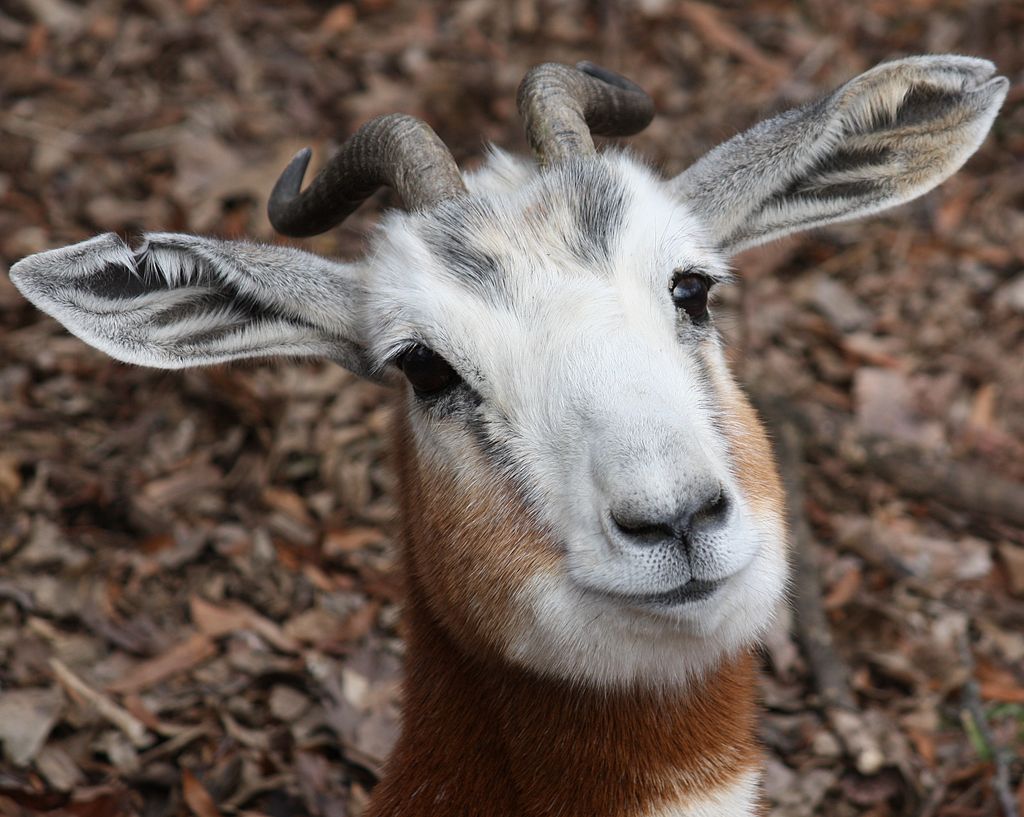
Gazelles are usually on the smaller side, with adults typically weighing between 15 and 45 kilograms. Many other antelopes—like kudus, elands, or oryx—are much bulkier and can tip the scales at several hundred kilos.
This lighter frame gives gazelles an advantage when it comes to speed and agility. They’re built for running and dodging at high speed, which is exactly what they need when predators are constantly on their tail in open plains.
3. They have different horn shapes.
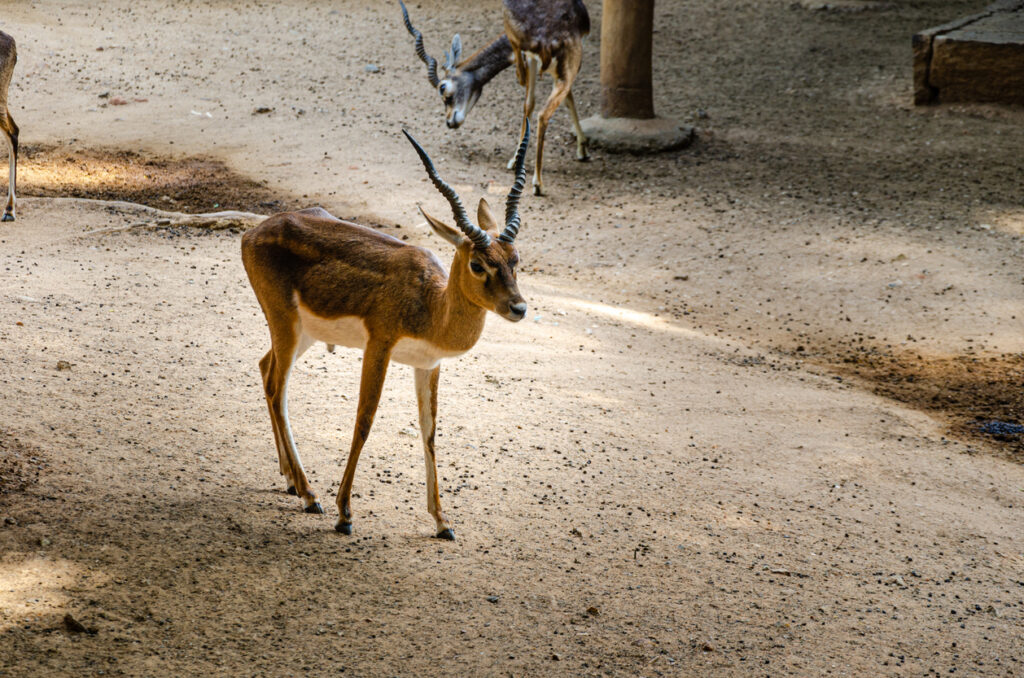
If you’ve got a keen eye for detail, horn shape is a big giveaway. Gazelles often have slender, S-shaped or slightly curved horns that are heavily ringed. Many antelope species, on the other hand, have much thicker or differently shaped horns—some spiral, some lyre-shaped, and some just downright bizarre.
The horns on antelopes can be used in status battles, territorial fights, or even just showing off. Gazelles still use theirs in sparring, but they’re less about brute force and more about precision. You could say they’ve got a bit more finesse when it comes to headbutts.
4. Gazelles are built for sprinting.

Gazelles are basically the sprinters of the antelope world. Some species can hit speeds of up to 60 mph (about 97 km/h) in short bursts, with a graceful bounding style that makes it look almost effortless. Other antelopes, like wildebeests or hartebeests, rely more on endurance or group movement. Gazelles, by contrast, zig-zag away from danger with astonishing speed. It’s like watching someone play dodgeball on turbo mode.
5. Antelopes have more habitat variety.
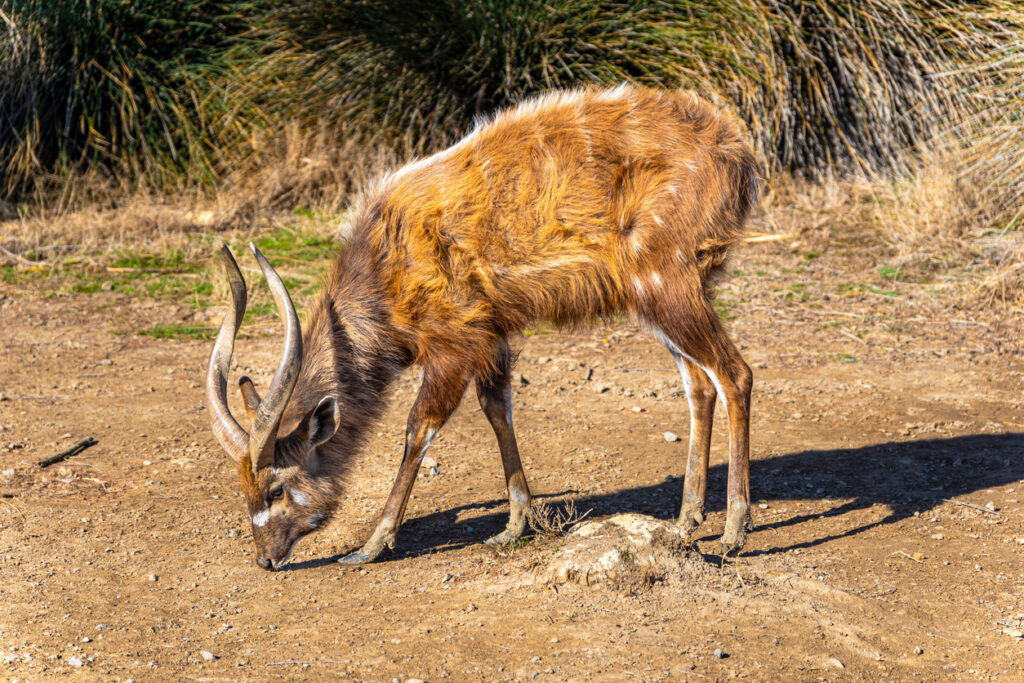
Gazelles tend to stick to open grasslands and savannas where their speed can be put to good use. But antelopes as a whole are way more versatile, living in deserts, forests, wetlands, and mountainous terrain depending on the species. Some antelopes, like the sitatunga or the duiker, are better adapted for wetlands or dense undergrowth. So while gazelles are specialists in speed, other antelopes have evolved to handle very different landscapes and threats.
6. Gazelles use pronking as a defence display.
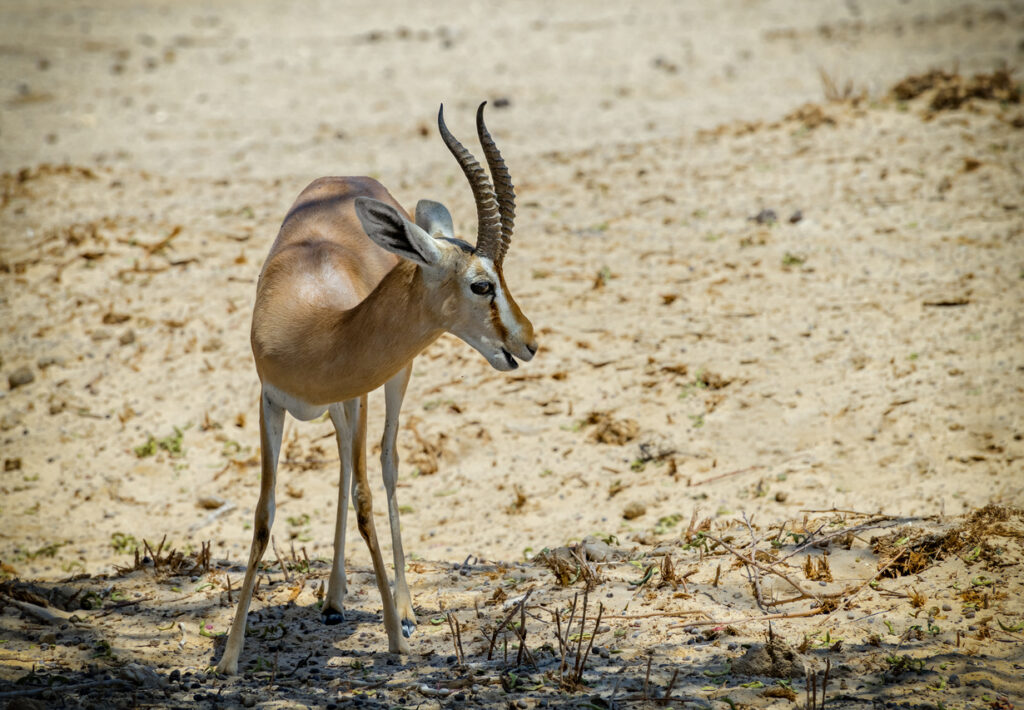
One of the more theatrical behaviours you’ll see in gazelles is “pronking”—where they leap straight up with stiff legs and an arched back. It looks ridiculous, but it’s actually a clever survival tactic meant to show predators they’re fast and healthy, and not worth chasing.
Not all antelopes do this. It’s most associated with gazelles and a few close relatives like springboks. Experts see pronking as both a warning signal and a flex—a way of saying, “Catch me if you can (but you probably can’t).”
7. Some Gazelles are known for solo life.
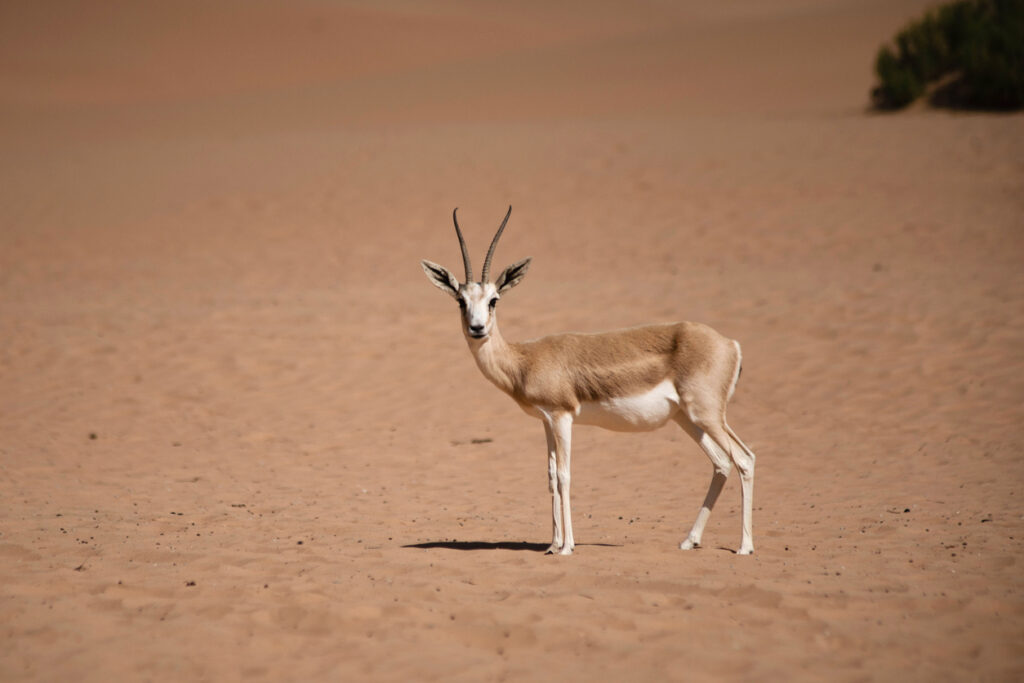
While many antelopes are herd animals, moving in big groups for protection and social structure, certain gazelle species are more solitary or form much smaller groups. Males in particular can be quite territorial and live alone for much of the year. This means you might spot a lone gazelle standing guard over a patch of grassland, while other antelopes like impalas or topis gather in massive crowds. To a wildlife expert, this difference in social behaviour is a big clue.
8. Gazelles usually have distinct facial markings.
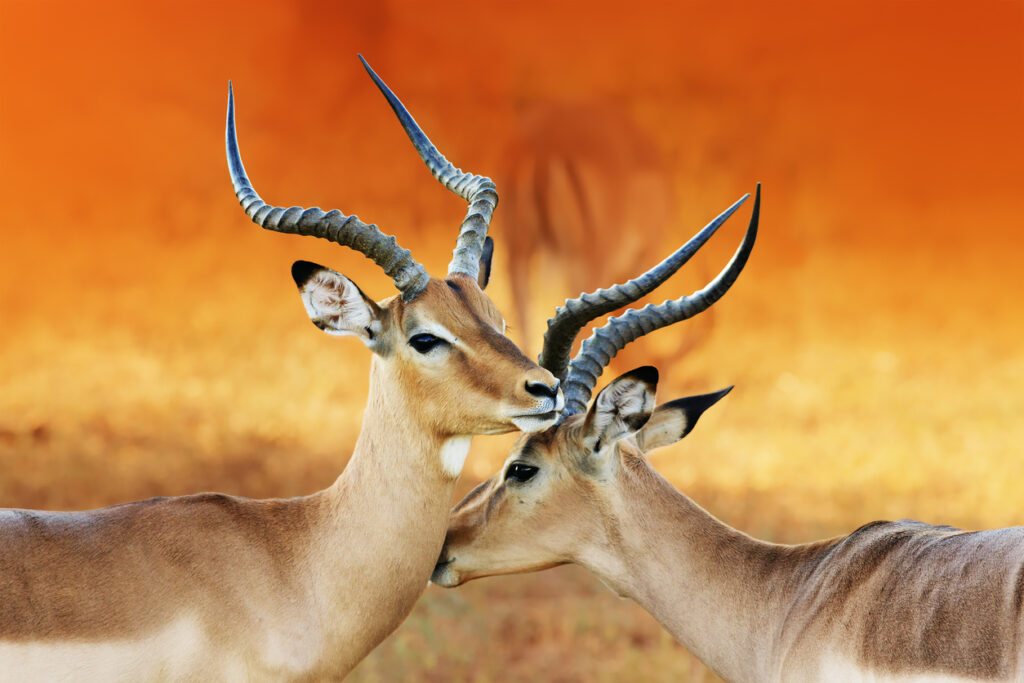
Another subtle difference that stands out to wildlife watchers is the facial pattern. Most gazelles have bold, dark stripes running from the eyes to the nose, almost like natural eyeliner. These markings help break up their shape in the wild and act as visual cues for herd communication. While some antelopes have facial markings too, they’re usually less defined. If you’re trying to spot a gazelle in a photo lineup, those cheeky little stripes under the eyes are often a dead giveaway.
9. Their mating rituals differ.
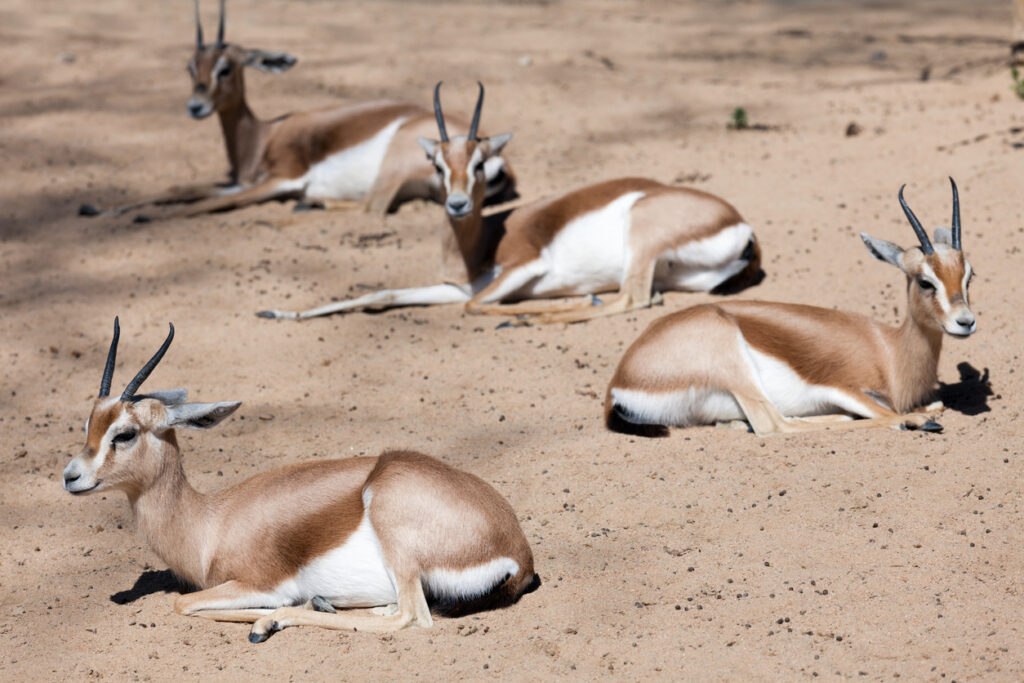
Gazelle mating behaviour tends to be short, sharp, and very territorial. Males mark their space and try to keep females within it. Courtship can look more like a stand-off than a romance, with a lot of chasing and herding involved.
Other antelopes have very different styles. Some do elaborate displays with leaps and dances, while others form leks (communal mating arenas). The differences in approach are fascinating and offer insight into each species’ survival strategies and personalities.
10. You’re more likely to see gazelles in popular safaris.
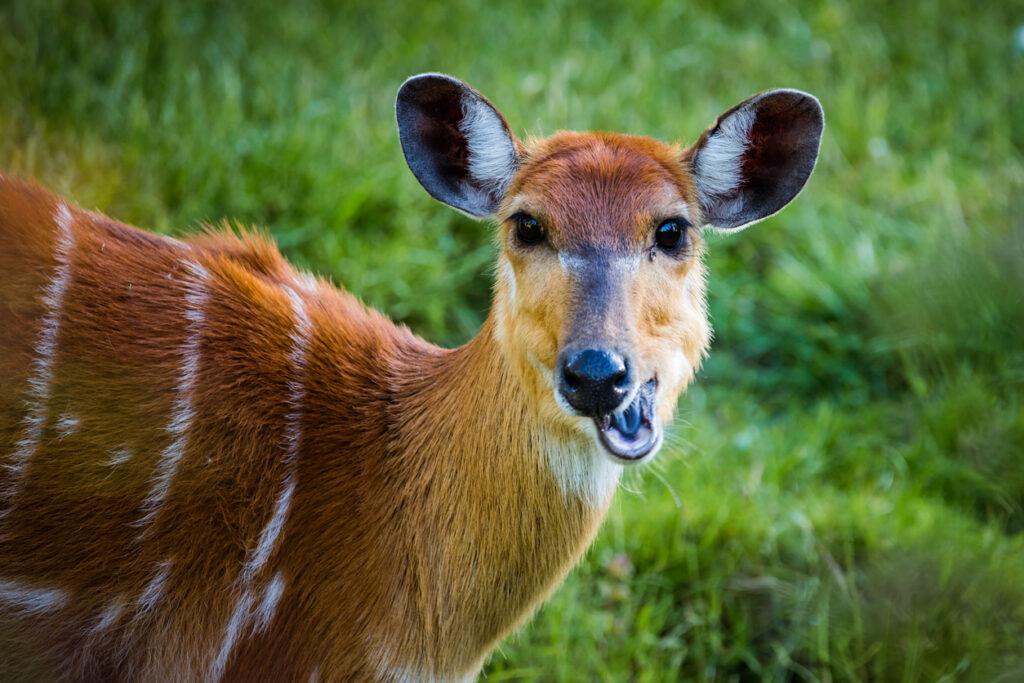
If you’ve ever gone on a safari in East Africa, chances are you’ve seen a gazelle or two—or twenty. Thomson’s gazelles and Grant’s gazelles are especially common in places like the Serengeti or Maasai Mara.
Other antelope species can be harder to spot or live in more remote, specialised areas. For wildlife experts, the high visibility of gazelles makes them great subjects for study, while other antelope species might require a bit more effort (and patience) to track down.
11. Antelopes show a wider range of horned genders.
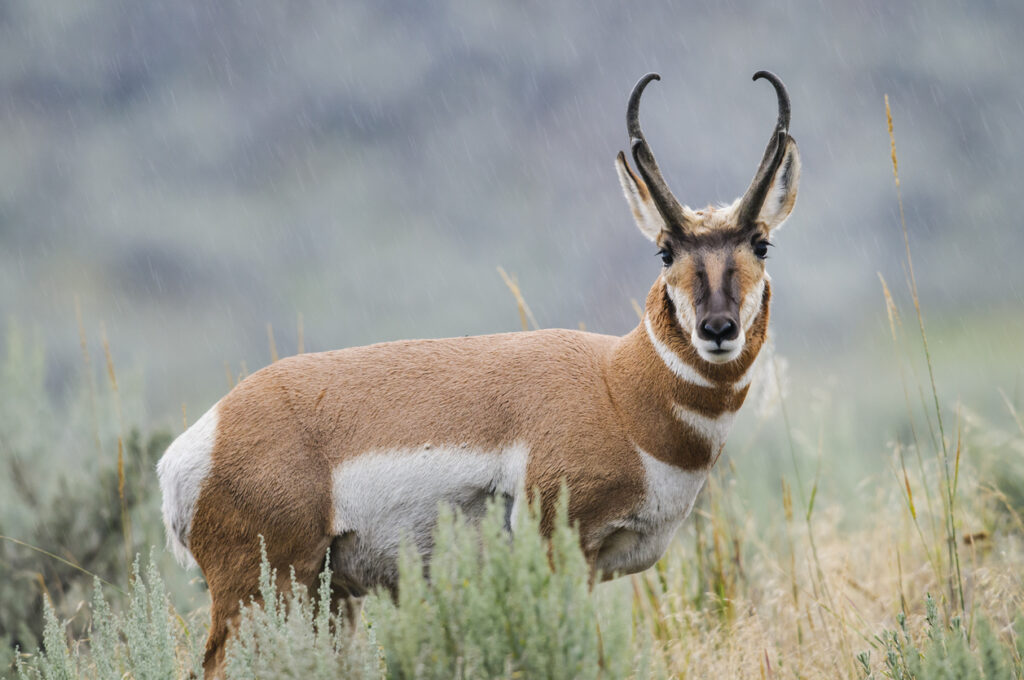
In many gazelle species, both males and females have horns, though the females’ tend to be smaller and less curved. In the broader antelope world, there’s much more variation. Some species have only horned males, while in others, both sexes are fully equipped for headgear battles.
This variation offers fascinating insight into how different antelope species manage dominance, defence, and display. Gazelles are fairly predictable, while antelopes as a whole play by a much broader set of rules when it comes to who gets the horns.
12. Gazelles have higher predator awareness behaviours.

Because they often live in open areas without much cover, gazelles have developed incredibly sharp senses and are constantly scanning their surroundings. They rely on speed, sure—but also early detection and lightning-fast decision-making to stay alive.
Other antelopes that live in forests or more closed environments might rely more on camouflage, stillness, or group alarms. Gazelles, on the other hand, are built for twitchy, reactive living—which is why you often see them bolt before you even realise something’s coming.